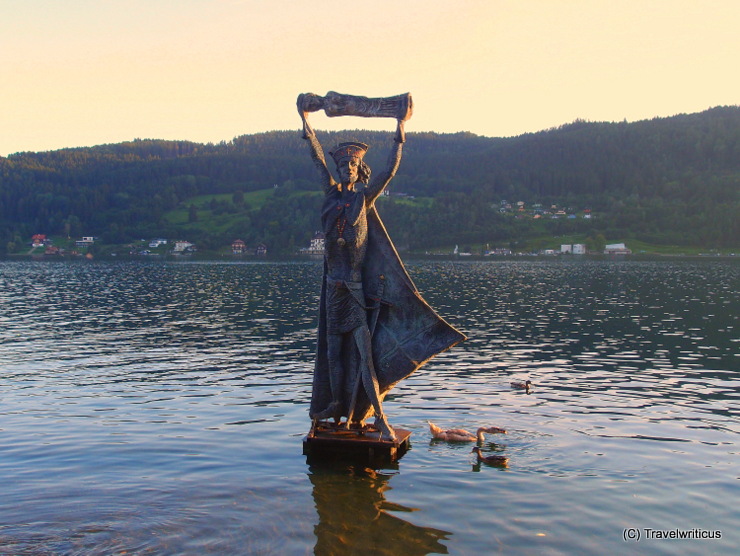
While walking around Lake Millstatt in the Austrian state of Carinthia, this sculpture of a vigorous man caught my attention. It represented Prince Domitian of Carantania, who became famous for throwing 1,000 pagan statues into the lake.
You only see what you know (Goethe)

While walking around Lake Millstatt in the Austrian state of Carinthia, this sculpture of a vigorous man caught my attention. It represented Prince Domitian of Carantania, who became famous for throwing 1,000 pagan statues into the lake.
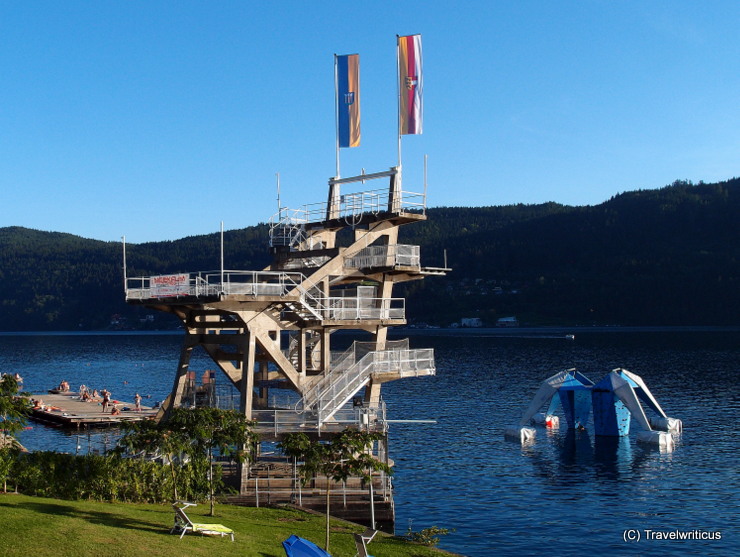
Sometimes, you go to the swimming bath to see a local landmark. So it is in Millstatt, a city in the Austrian state of Carinthia. This listed diving tower saw its construction in 1930 according to the plans of Christof Benedikt.
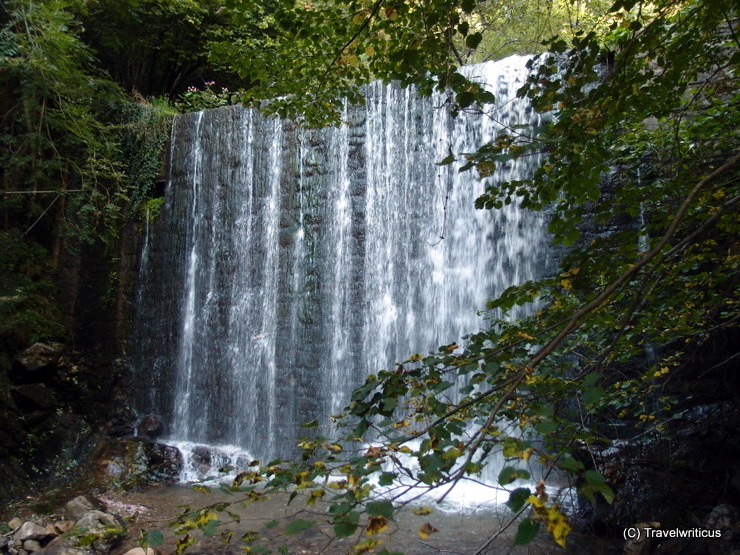
Along a gorge next to Millstatt, you find a fun trail (Klangschlucht Millstatt), which invites hikers to listen to the sounds of the gorge and the water. At this waterfall, I was impressed to hear two completely different sounds: The roar of the waterfall and the gurgle of a brook named Riegenbach at the same time.
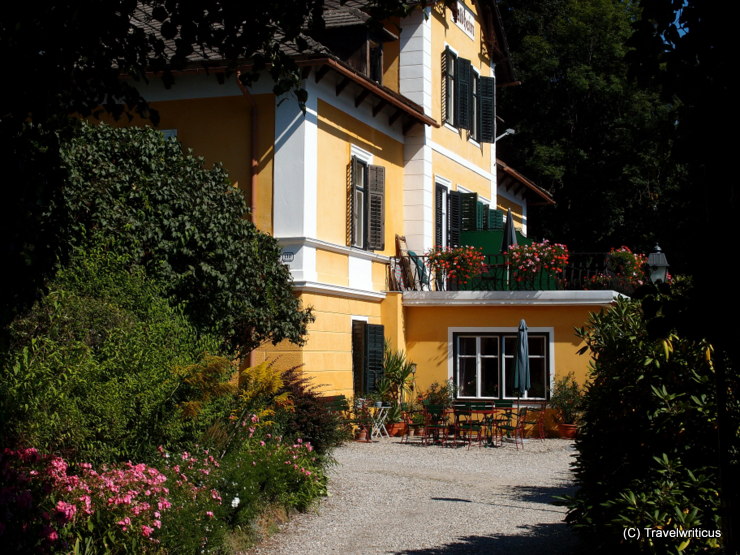
At the end of the 19th century, Millstatt became famous as the Austrian Nice. Many people from Vienna and abroad – even from Russia – loved to stay for a summer vacation at Millstatt Lake. From this time, a lot of villas are still to be seen.
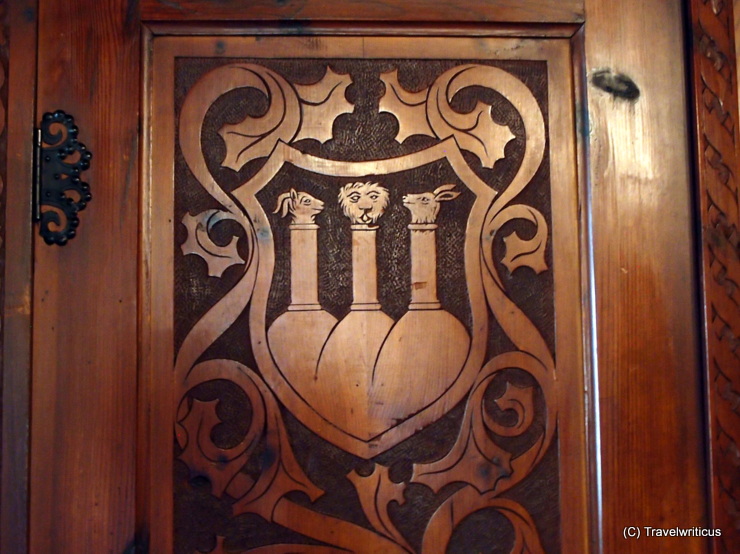
The emblem of Millstatt seen at the ‘Hall of Coat of Arms’ (Wappenstüberl) at the family hotel Post in Millstatt. The emblem reminds of the legend that Domitian of Carantania throw 1.000 pagan idols into the Millstatt Lake. At the emblem you can see three idols representing a goat, a lion and a donkey.
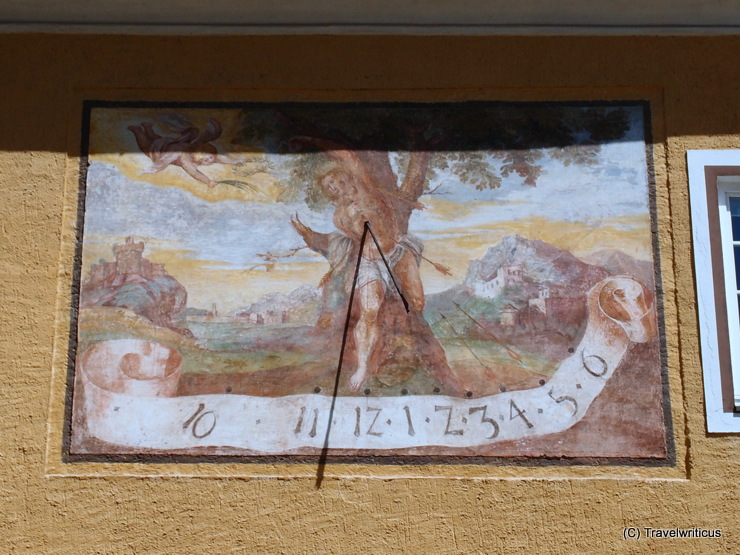
Sundial displaying the martyrium of Saint Sebastian seen at the inner court of Millstatt Abbey.
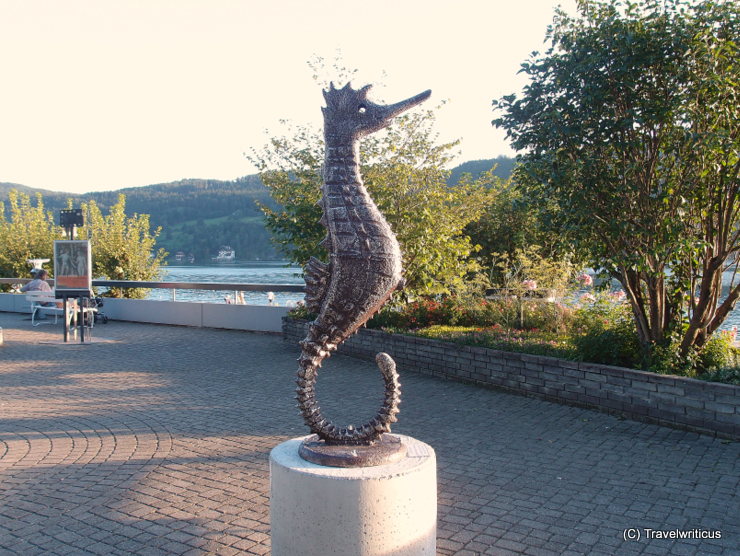
According to a legend Domitian of Caratania throw 1.000 pagan sculptures into Millstatt Lake. I guess people of Millstatt would love to get them back. Especially along the lake there are a lot of modern sculptures often created by artists who stayed in Millstatt for a while.
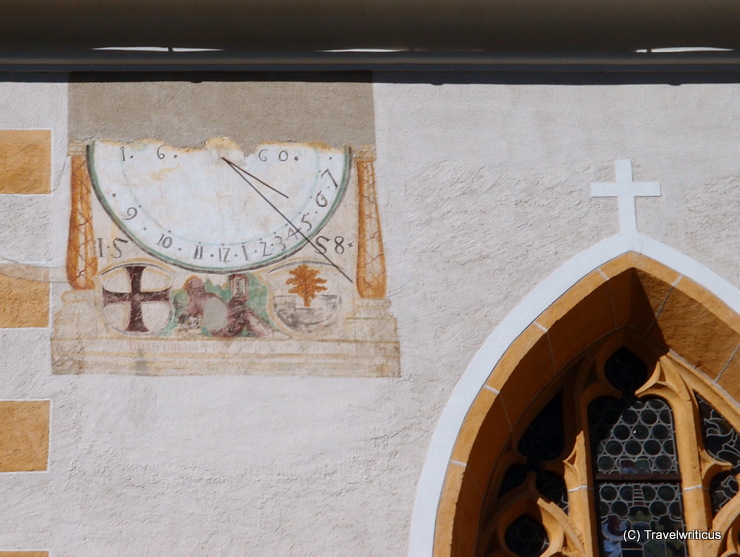
Sundial seen at the Romanesque cloister courtyard of the former Millstatt Abbey in the Austrian state of Carinthia.
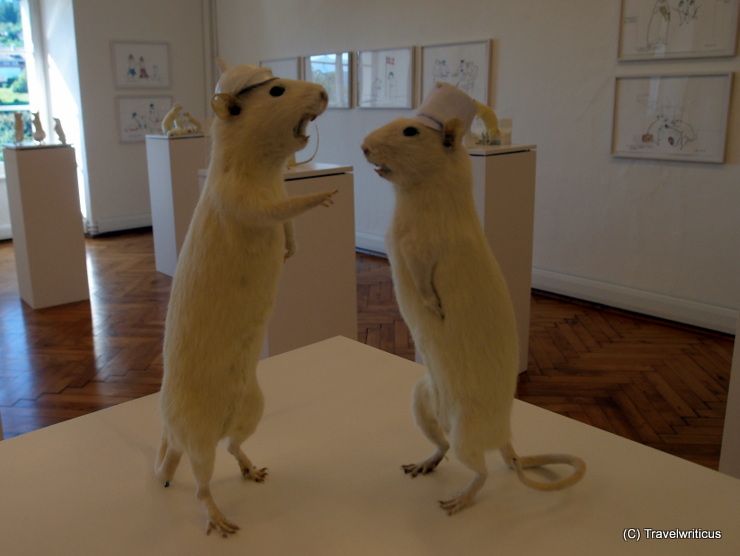
At the Forum Kunst contemporary in the former Millstatt Abbey, I came across an exhibition of works created by Deborah Sengl. In these works, she shows the plot of the theatre play ‘The Last Days of Mankind’ (Die letzten Tage der Menschheit) written by Karl Kraus using the bodies of rats instead of figurines of humans.
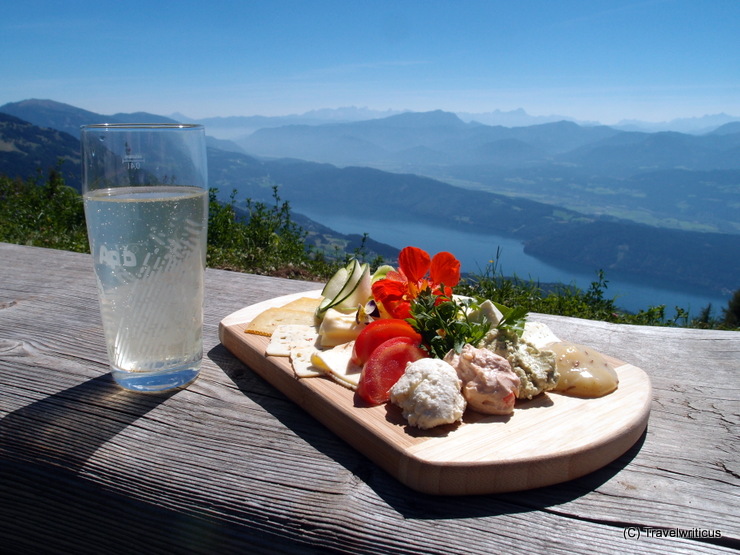
At the Alexanderhütte, a hut high over Millstatt Lake (Millstättersee), I had this fabulous cheese platter with a glass of elderberries sirup. All the cheese was made by an alpine dairy attached to the hut.